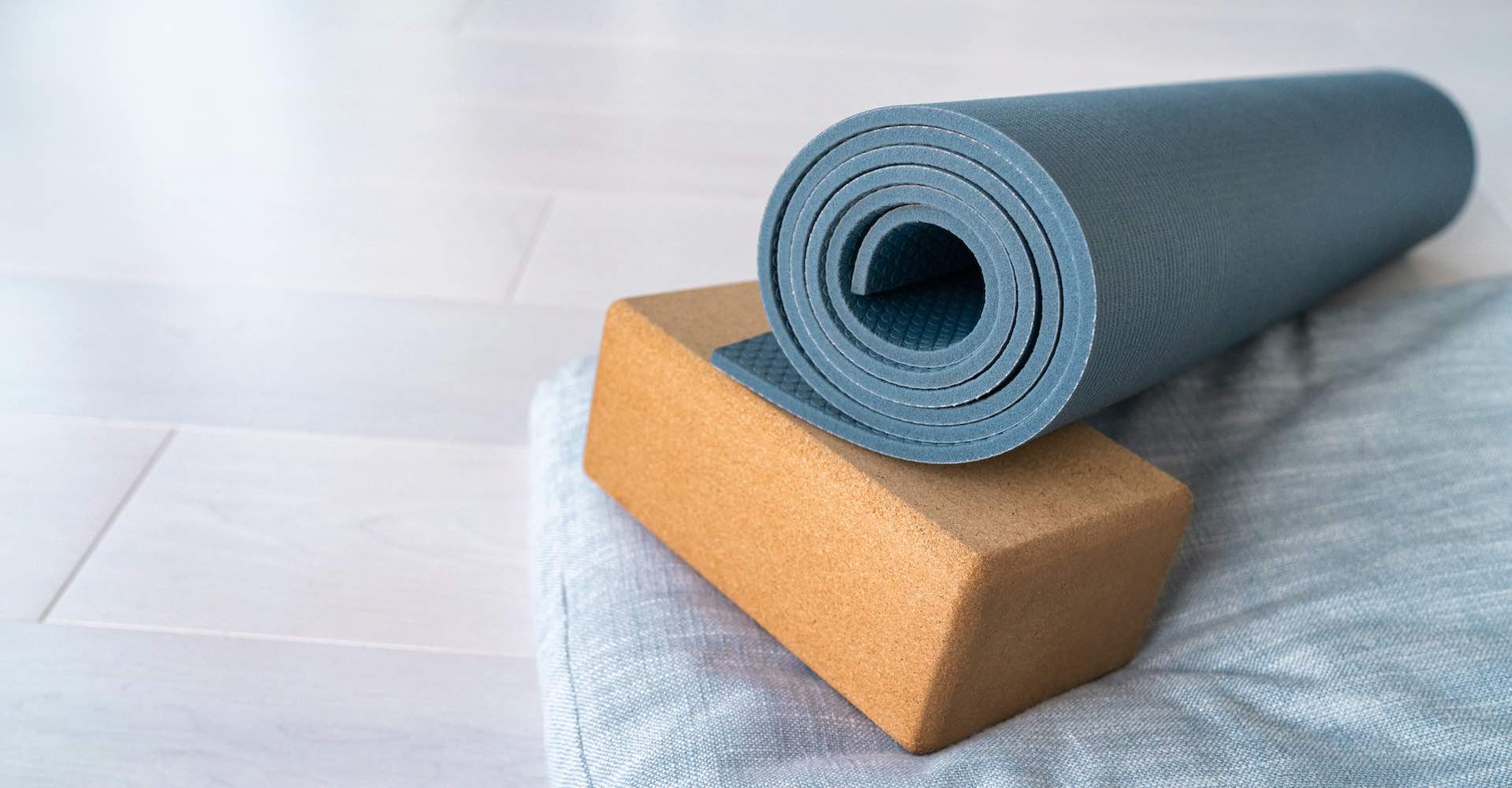As a yoga practitioner, you’ve probably heard all sorts of yoga speak being shared in the classes you attend. Claims that one pose can “open your heart,” or that another can “bring on strong emotions.” You may hear teachers say, “This pose is good for anxiety,” or “These poses help to cleanse your internal organs.” As a student, you’ve likely thought to yourself, “Sweet! I want my internal organs to be clean!” Or, maybe you didn’t experience the intense emotions you were promised, and you felt disappointed. Yogaland is rife with health claims about poses. There’s a lot of lore out there. Phrases heard in a yoga class can offer us comfort in times of great suffering, or can sometimes be confusing and leave us feeling skeptical. Over the next few months, through the lens of science and movement mechanics, I’ll decode some of these claims and some of the loftier, health-related and psychological assertions about the poses.
Last month, we examined forward folds. Next up, twists.
If I had a dollar for every time I heard “twists wring out your internal organs” or “today we’ll detox by twisting” in a yoga class, I would be a very wealthy woman. Okay, maybe that’s an exaggeration, but at the very least, I would be able to afford my kombucha habit.
So, what is happening in the body during a twist that would give it this “detoxifying” reputation? The action of twisting is thought to compress the internal organs and “wring them out,” as if they are wet sponges saturated with dirty dishwater.
The logic seems to be: internal organs + external pressure = detox
Most of our internal organs are located inside of the abdominal cavity, with the rest held in our thoracic cavity, or ribcage. Our abdominal cavity contains the stomach, liver, small intestine, gallbladder, spleen, pancreas, small intestine, kidneys, large intestine, and adrenal glands. The thoracic cavity holds the heart and the lungs.
The primary separator of the thoracic and abdominal cavity is the diaphragm, a thin, dome-shaped skeletal muscle that sits at the base of the chest and separates the abdomen from the chest. It’s the major muscle responsible for breathing. Upon inhalation, the diaphragm flattens out, creating pressure in the abdominal cavity, pushing the organs downward. With the exhalation, the diaphragm contracts, moving upward, releasing the tension from the abdomen and the internal organs. So, the truth is, we place pressure on the internal organs all of the time. We do it roughly 23,040 times per day when we breathe.
But pressure doesn’t necessarily mean detox. Take a pregnant woman, for example. As the uterus expands to accommodate the baby growing inside, the abdominal organs move upward toward (or even into) the thoracic cavity. Combine this pressure with the natural pressurizations that happen with breathing, and that would mean that pregnant women have the most darn detoxed organs of all of us!
The truth is, the internal organs do an excellent job of detoxing the body, without needing pressure or “wringing out” to perform better. The stomach breaks down the food we ingest chemically through the secretion of chemicals called enzymes; our pancreas also secretes enzymes that assist with digestion. The liver produces bile and filters blood that comes from the digestive tract, detoxing our blood of poisonous chemicals. It also metabolizes fats, proteins, and carbohydrates. The gallbladder then stores the bile and delivers it to the small intestine. The small intestine uses bile and other enzymes to help absorb the nutrients from our food and deliver them to our bloodstream. Our kidneys filter the fluids in the body and release hormones that regulate blood pressure. And, the large intestine absorbs water from the remaining indigestible matter and substances and transmits the useless waste material from the body via bowel movements.
As you can see, our bodies are remarkable in creating a state of homeostasis, or balance, from within. Our internal organs do a fantastic job of filtering and detoxing without needing any external force applied – no squishing or wringing out required!
Before you get all forlorn, it’s important to highlight that there are enormous benefits to twisting postures.
While twists won’t detox your organs, they may help you to improve your bowel movements.
(And who doesn’t want that?!) Similar to a lower abdominal massage, the gentle kneading of your large intestine when twisting can aid with moving waste out of the body. Additionally, twists strengthen the internal and external obliques and spinal rotator muscles, which we need for our functional day-to-day movements. Twisting postures also improve the hydration of the discs between the bones of our spine. Healthy discs are hydrated discs! They tend to lose their juiciness when we hold the spine in one position for extended periods, for instance, sitting at a desk all day. We rehydrate these discs when we lengthen and rotate the spine in poses like ardha matsyendrasana, or half lord of the fishes pose.
Whether twisting, folding, bending, or straightening, yoga allows us an opportunity to move mindfully, breathe deeply, and calm our overstimulated minds. While all that may not count as a detox in the biological sense of the word, it definitely counts for something.

















5 replies on “Fact or Fiction: Do Twisting Yoga Poses Detox Your Organs?”
I was practicing yesterday and a teacher said that in a twist the blood is blocked and doesn’t reach the organs, but when we release, the fresh blood floods the organs and washes away toxins. I immediately looked at my husband who is a neurobiologist and asked “this must be bs, right?”. Fresh blood is constantly delivered to the organs, that is why it circulates. Also, toxins don’t sit in our arteries just waiting to be flushed. I know yoga is amazingly beneficial, but the amount of unsupported claims is sometimes overwhelming.
Agree with you here. Yoga is incredibly beneficial! And yes the claims can be so overwhelming. Back when I started teaching in the early 2000s, there wasn’t much evidence-based research available to either debunk or confirm these claims. Fortunately, there has been a significant expansion in yoga research over the past decade.
I empathize with the teachers who are still in the dark because for a long time I was one. As a newer yoga teacher, I often conveyed what I had learned from my own trainers, sometimes repeating their teachings verbatim. It’s akin to the game of “telephone” where messages get passed along and reiterated.
It wasn’t until dedicated students, like yourself, began questioning some of my statements that I became curious about the science behind these ideas.
Thanks Noell, more info for the mind , lots of catching up. The info and set ups in class … really good thank you!
Great article Noell. Is it accurate enough to say that twist postures massage your internal organs? That’s what I’ve heard from a variety of instructors over the last 20 years. Thanks!
Thanks Noell! Great article, and thanks for spreading the gospel of science and common sense! stay well, stay safe!